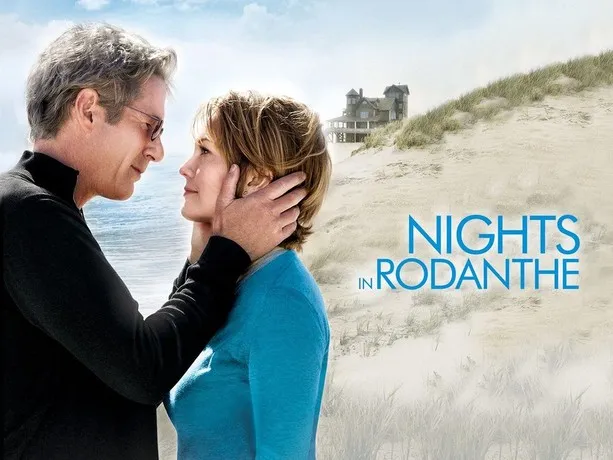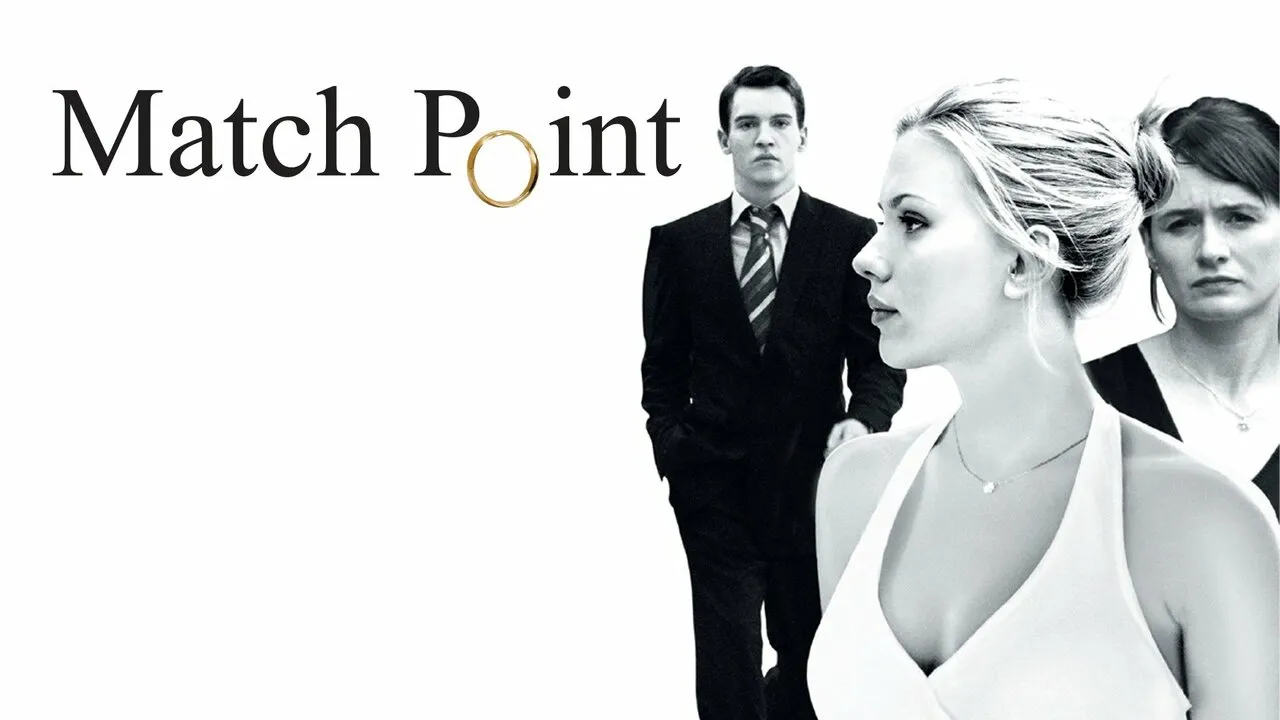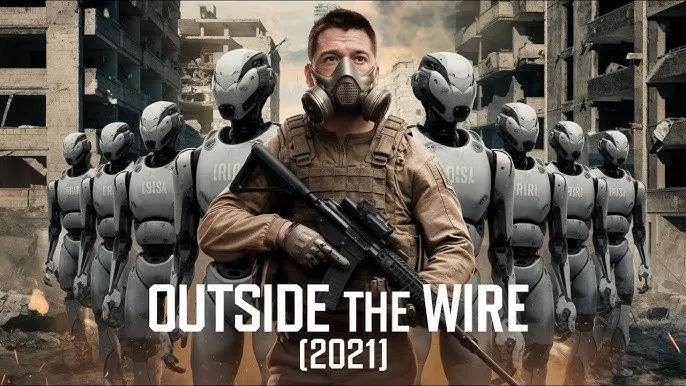A story of friendship, innocence, and the price they pay in the shadow of war.
In the heart of World War II, where hatred and ideology draw invisible yet deadly lines, The Boy in the Striped Pyjamas tells a story of an unlikely friendship that blossoms against all odds. Set in Nazi Germany, the film follows Bruno, the eight-year-old son of a high-ranking SS officer, whose family moves near a concentration camp. Isolated and restless, Bruno’s curiosity leads him to a boy on the other side of a barbed-wire fence — Shmuel, a Jewish prisoner wearing “striped pyjamas.” What begins as a timid conversation evolves into a quiet bond that defies the cruelty surrounding them.
The story unfolds with a delicate, almost dreamlike quality, contrasting the innocence of childhood with the brutality of the war. The camera lingers on Bruno’s wide-eyed wonder and the grey emptiness of the camp, creating a visual poetry that is both haunting and intimate. The film does not rely on graphic violence; instead, it lets silence, glances, and the unspoken truths weigh heavily on the viewer.
![The Boy in the Striped Pajamas (2008) OFFICIAL TRAILER [HD 1080p]](https://i.ytimg.com/vi/bdPJoDT7b2E/hq720.jpg?sqp=-oaymwEhCK4FEIIDSFryq4qpAxMIARUAAAAAGAElAADIQj0AgKJD&rs=AOn4CLCV5WJ_WF81TL567VdN8LWR8f01yg)
Through Bruno’s eyes, the audience witnesses a dangerous naivety. His inability to comprehend the horrors beyond the fence becomes both heartbreaking and symbolic — a child’s world untainted by political poison. Shmuel, in turn, embodies quiet endurance, speaking little yet revealing so much through his tired eyes and frail posture. Their friendship is pure, untouched by the prejudices of the adults who control their fate.
But innocence cannot shield them forever. As Bruno’s curiosity deepens, so does his willingness to cross the lines that adults have drawn. The final act, devastating in its inevitability, delivers a blow that resonates long after the credits roll. It’s a reminder that in war, innocence is often the first casualty.

The film’s strength lies in its restraint — director Mark Herman crafts a tale where the horrors of history are whispered rather than screamed. The result is a slow-burning tragedy, where the audience’s dread builds not from spectacle, but from understanding what is left unsaid. The music swells not to glorify, but to mourn, enveloping the viewer in a sorrow that feels almost personal.
The Boy in the Striped Pyjamas is more than a historical drama; it is a meditation on humanity’s capacity for cruelty and the fragile beauty of compassion. It urges us to remember that beyond every uniform, ideology, or wall, there are simply people — some innocent, some guilty — all capable of being touched by friendship. And in the quiet meeting of two boys at a fence, we glimpse both the hope and the tragedy of the human condition.

-1755578282-q80.webp)

